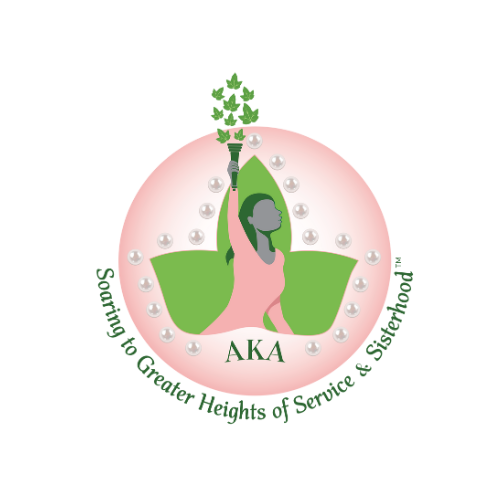Facts About Heart Disease in Women
Do you know what causes heart disease in women? What about the survival rate? Or whether women of all ethnicities share the same risk? The fact is: Heart disease is the No. 1 killer of women, causing 1 in 3 deaths each year. That’s approximately one woman every minute! But it doesn’t affect all women alike, and the warning signs for women aren’t the same in men. What’s more: These facts only begin to scratch the surface. There are several misconceptions about heart disease in women, and they could be putting you at risk. The American Heart Association’s Go Red For Women movement advocates for more research and swifter action for women’s heart health for this very reason. In this section, we’ll arm you with the facts and dispel some myths – because the truth can no longer be ignored.
Heart Disease in African-American Women
Splashing a little bit of water on her face didn’t calm Shermane Winters-Wofford’s first date jitters. And then what she perceived as nervousness escalated into sweating and tightness in her chest. Although she didn’t experience the typical warning signs, Shermane was having a stroke. A stroke? How could it be? After all, she thought of herself as perfectly healthy. But it turns out Shermane had been at risk all along. Like many other African-American women, she had a strong family history of high blood pressure and heart disease. Unfortunately, she didn’t discover this until it was almost too late.
Heart disease & stroke is the No. 1 killer in women, and stroke disproportionately affects African-Americans. Importantly, African-American women are less likely than Caucasian women to be aware that heart disease is the leading cause of death. Diabetes, smoking, high blood pressure, high blood cholesterol, physical inactivity, obesity and a family history of heart disease are all greatly prevalent among African-Americans and are major risk factors for heart disease and stroke. What’s more, African-American women have almost two times the risk of stroke than Caucasians, and more likely to die at an earlier age when compared to women of other ethnicities.
Here are a few unsettling stats:
- Cardiovascular diseases kill nearly 50,000 African-American women annually.
- Of African-American women ages 20 and older, 49 percent have heart diseases.
- Only 1 in 5 African-American women believes she is personally at risk.
- Only 52 percent of African-American women are aware of the signs and symptoms of a heart attack.
- Only 36 percent of African-American women know that heart disease is their greatest health risk.
The truth about high blood pressure
More than 40 percent of non-Hispanic blacks have high blood pressure, which is more severe in blacks than whites, and develops earlier in life. This little-known fact is something that, if known and treated in advance, could have led to a more romantic first date for Shermane.
But why is it targeting African-Americans?
Researchers have found that there may be a gene that makes African-Americans much more sensitive to the effects of salt, which in turn increases the risk for developing high blood pressure. In people who have this gene, as little as one extra gram (half a teaspoon) of salt could raise blood pressure by as much as five millimeters of mercury (mm Hg). The African-American population also tends to have higher rates of obesity and diabetes, which puts them at greater risk for high blood pressure and heart disease. But for many African-American women, particularly those who consider themselves perfectly healthy, perception may not always equal reality.
So what’s the solution?
For starters, cut back on the amount of salt in your diet. In fact, make a serious effort to improve your overall eating habits by learning about heart-healthy foods, and how to prepare them. And of course, if you’re not already active, get moving. Shermane made these changes following her first stroke, but didn’t commit to them until several years later when she suffered a second stroke. This goes to show that the risks for stroke cannot be ignored – something Shermane now realizes.
What are the stroke warning signs?
- Sudden numbness or weakness of the face, arm or leg, especially on one side of the body
- Sudden confusion, trouble speaking or understanding
- Sudden trouble seeing in one or both eyes
- Sudden trouble walking, dizziness, loss of balance or coordination
- Sudden, severe headache with no known cause
